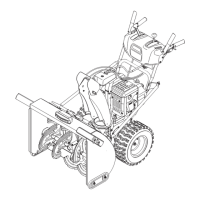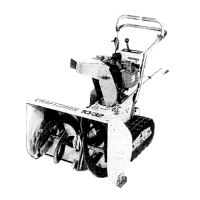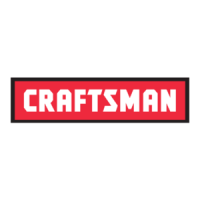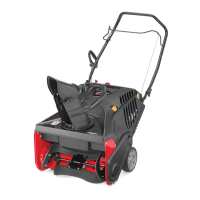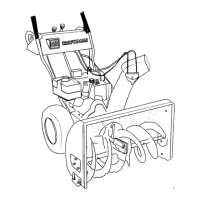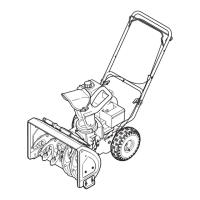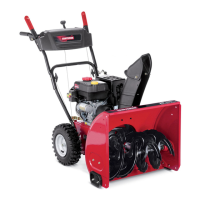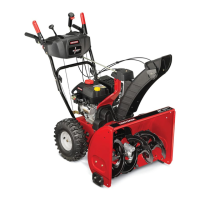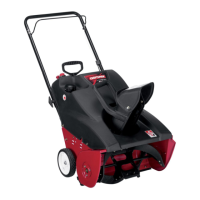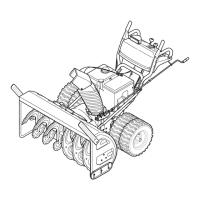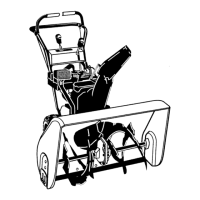CAUTION: Before using this product,
read this manual and follow all safety
rules and operating instructions.
NOTE: The terms “snow thrower” and “snow blower”
may be used interchangeably for this product.
• SAFETY
• UNPACKING
• ASSEMBLY
• OPERATION
• MAINTENANCE
• ESPAÑOL
Sears Brands Management Corporation, Hoffman Estates, IL 60179, U.S.A.
Visit our website: www.craftsman.comUsed under license
Form No. 769-15950
(July 26, 2018)
SNOW BLOWER
Model Nos. 247.88870*
247.88874*
247.88976*
247. 88978*
* -- Last digit of model number varies
Operator’s Manual
SNOW BLOWER
Model Nos. 247. 88394*
247. 88396*
247. 88640*
247. 88781*
247. 88789*
247. 88794*
* -- Last digit of model number varies
